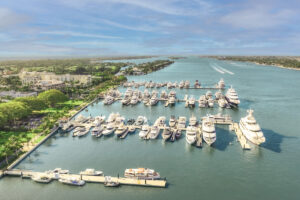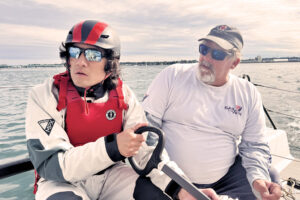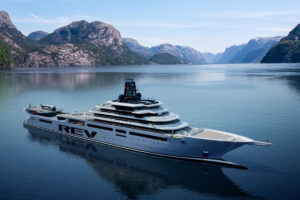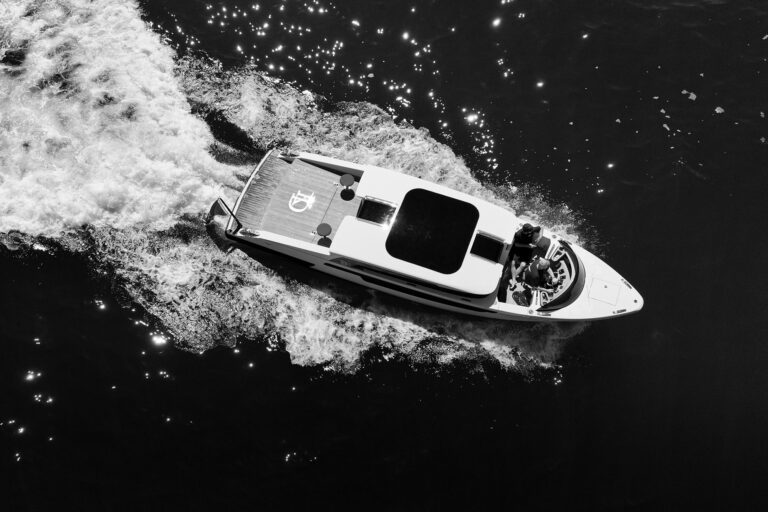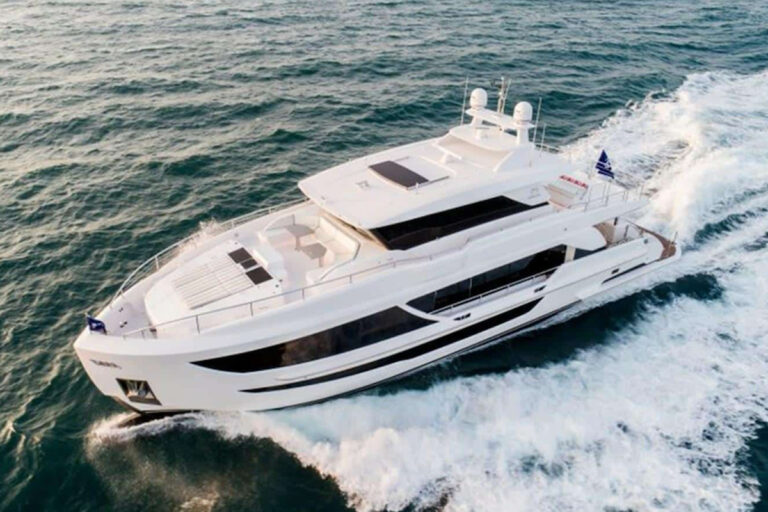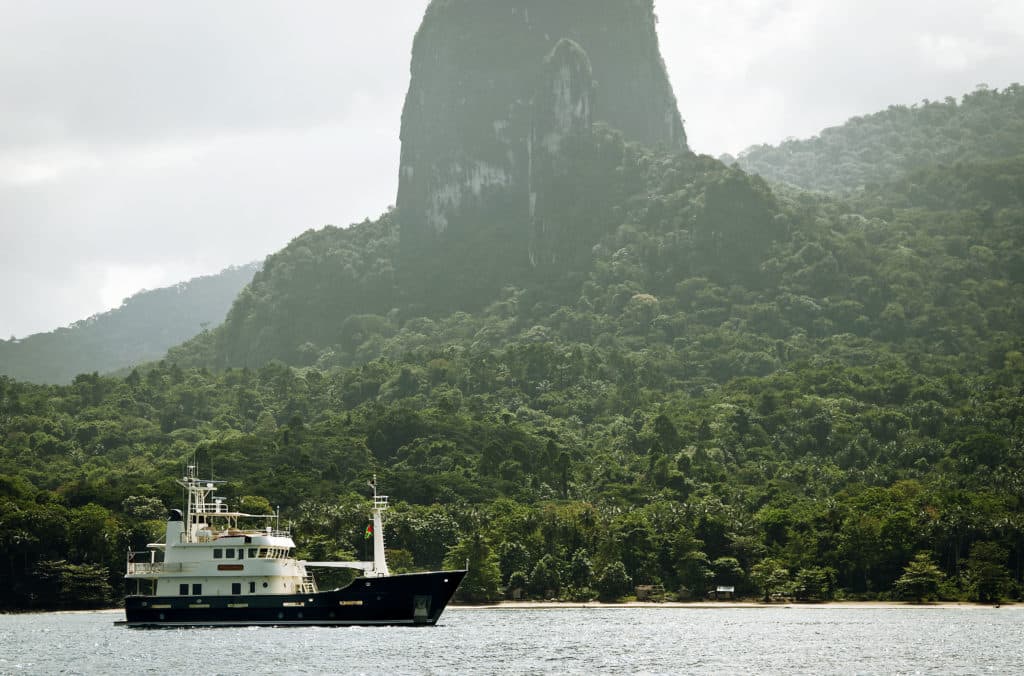
Humpbacks breach the satin-smooth sea past the Cape of Good Hope. Then the whole scene changes dramatically. The high-rises of Cape Town pierce the view. Breakwaters, wharves and container ships are all around us. Festive people shop feverishly and fill restaurants. We tie up 94-foot Whale Song and take a road trip to where South African nature comes back to life. Baboons mob us on the way to Cape Point Nature Reserve, and then give way to ostriches. We notice African penguins claiming the beaches — and serving as a transition to our next cruising leg along Africa’s western coastline.
Back aboard Whale Song, the wind has whipped the sea into whitecaps and dark swells as we follow the sandy hills of Namibia and pass a diamond dredge sucking up riches from the continental shelf. Along the 250-mile route something comes over us like an invisible fog bank: the stink of a bird rookery. Then comes belching, meowing and roaring — a colony of Cape fur seals in full swing.
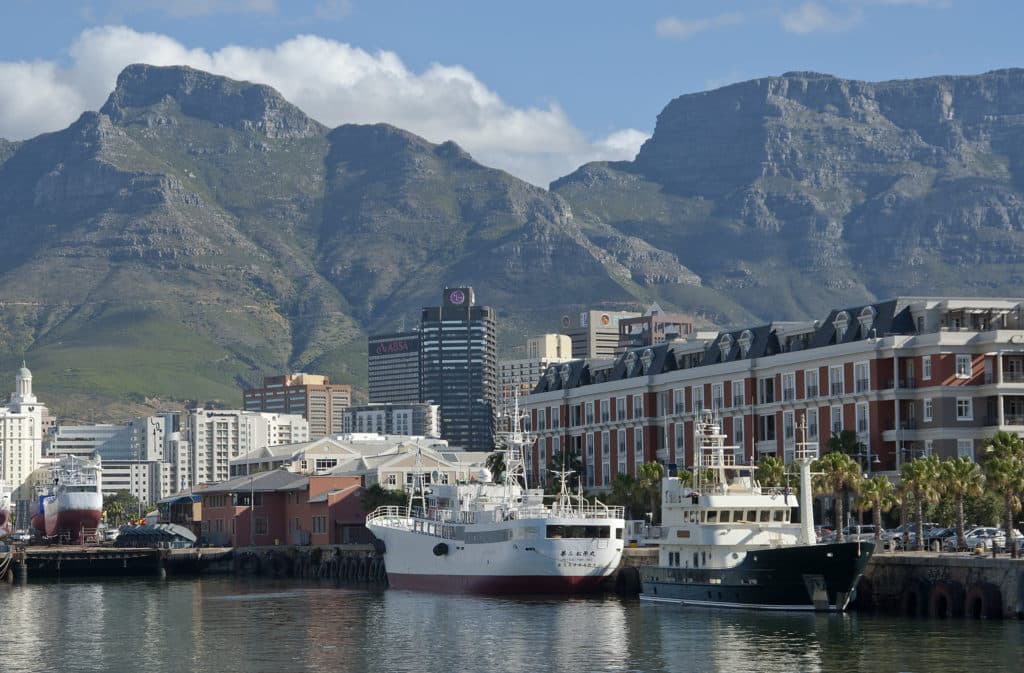
When we approach Walvis Bay, usually the best harbor on this Skeleton Coast, our next wild site is a pretty German beach resort, incongruous to Africa, with tourists tearing up and down a 1,250-foot dune.
We’re offered some advice before leaving Walvis Bay on a 1,600-mile jog to São Tomé and Príncipe, a two-island country 180 miles off the mainland.
“Namibia is the safest country on the continent,” a South African yachtsmen tells us, “but everything north lies outside the rim of the habitable world.”
Still, it’s a better alternative for our circumnavigation route than the risks off Africa’s east coast. When Whale Song crosses the equator at the south tip of São Tomé Island, the first thing we see in the dawn light are the sails of small fishing boats running offshore. In the background, green jungly mountains rise more than 6,000 feet above the island. We go ashore and find people too friendly for belief. That’s because the slaves for the sugar cultivation started by the Portuguese in the 15th century were taken from so many ethnic groups that their descendants have long forgotten the tribal hatreds that rip apart so much of Africa today.
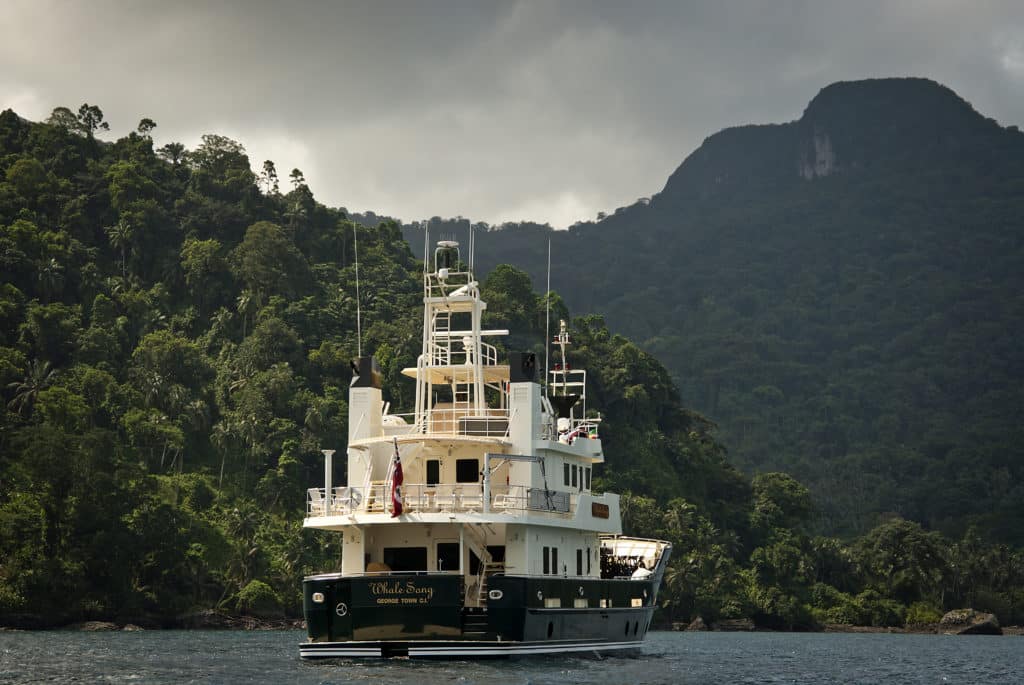
This side of the continent has its plague of pirates, particularly in the Gulf of Guinea near the Nigeria coast. It’s a disturbing pursuit, but it’s also time-honored because Britain’s Sir Francis Drake began his career by robbing the Portuguese slave robbers. We have no desire to make history, so Whale Song steams far offshore toward Africa’s western bulge. Our bet is on the Gambia River as our gateway into the dark heart of real Africa.
Sure enough, a strange man boards our yacht. We’re in Banjul, the port town at the mouth of the Gambia River. The man says his name is Sharif. He isn’t a pirate. He’s a pilot. He will help with navigation. But he’ll assist with much more than that.
When we anchor near James Island, Sharif tells us this was once a slave entrepôt, now a mere knob of old stone ruins and baobab trees.
“It inspired Alex Haley to write Roots,” he says, which is why it is also known as Kunta Kinteh Island.
About 155 miles upriver a low power line stops our progress, so Sharif arranges a ride by land for us to Wasu, where he says we need to see the 1,200-year-old stone circles.
This could be trouble. The shuttle van that is supposed to take us to Wasu is composed of bare steel and broken seats, held together mostly by random wire and tape. Fortunately, it gets us all the way to this miniature African Stonehenge for a long look around and then delivers us back to Whale Song.
Unlike the van, we are in one piece.
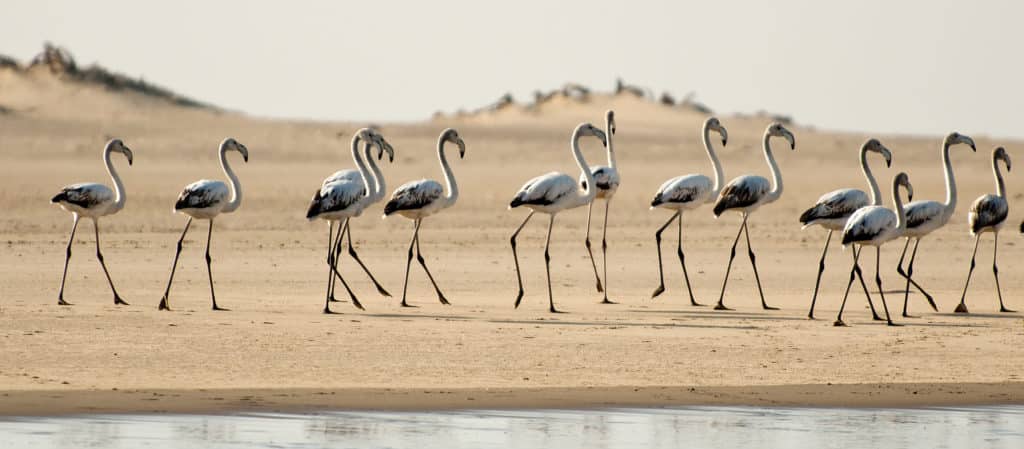
Sharif then negotiates our visit to Kudang, a village of Fula people who use baobab trees medicinally, carve canoes for fishing and obviously make a lot of kids. Villagers smile at us from their thatch huts. Teenage boys look up from their wooden writing tablets. At the sight of red Colobus monkeys, Sharif blurts out, “Very tasty.”
We leave Sharif and the river area to continue cruising up the coast, and we know our next stop might not be so friendly. For the first time in a long while, we feel tension. We are entering Dakar, Senegal, to fuel. Here, we need 24-hour watchmen. One, a bright-eyed, middle-age man lightens the mood when he asks my wife’s name. “Oh, like Nancy Pelosi,” he says. “I love American politics.”
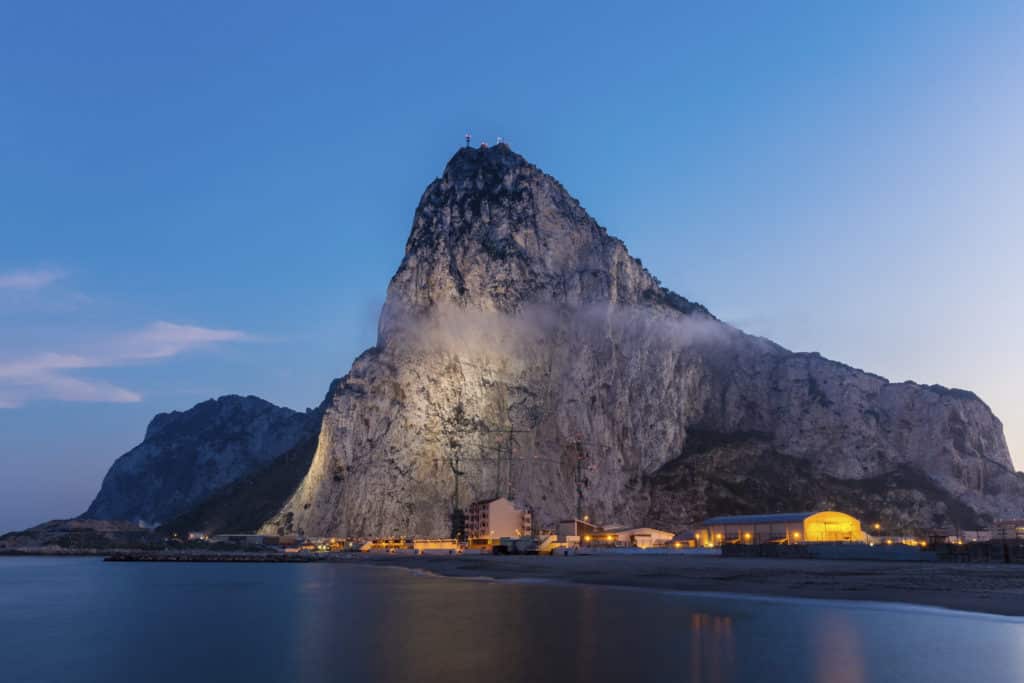
Still, it’s a relief to leave Dakar safely and power north, the swell on our nose growing larger with the northeast wind often hitting 20 knots.
Then, an awesome sight: The Canary Islands emerge from the haze, with snow patches glowing on Tenerife’s 12,000-foot Mount Teide. During an excursion to the center of Fuerteventura Island, we stumble into a colonial 17th-century church, a jewel inside and outside. Not far away, the ocean surf roars onto the wild shore. It’s actually nice to have our feet on the ground, for just a little while.
There will be no riveting theater for our leg to Gibraltar. A shallow low settles over the Canaries and gentle westerlies sigh over Whale Song — we could cover the final 780 miles in a small sailboat. The only drama is saved for the moment when “The Rock” roars through a low haze, ushering us out of the Atlantic and into the Med. We have experienced Africa like few people ever will. This slice of life is very good.

